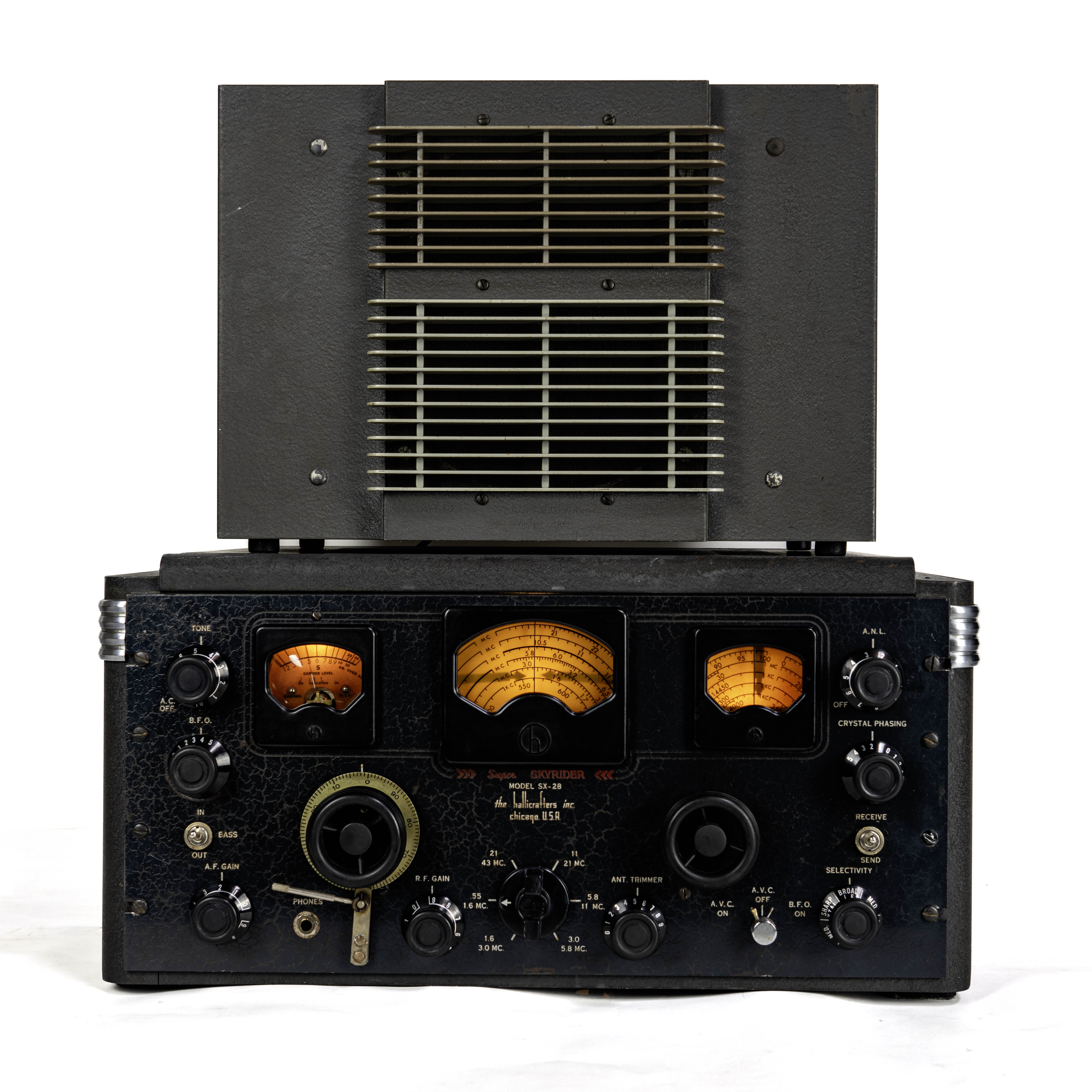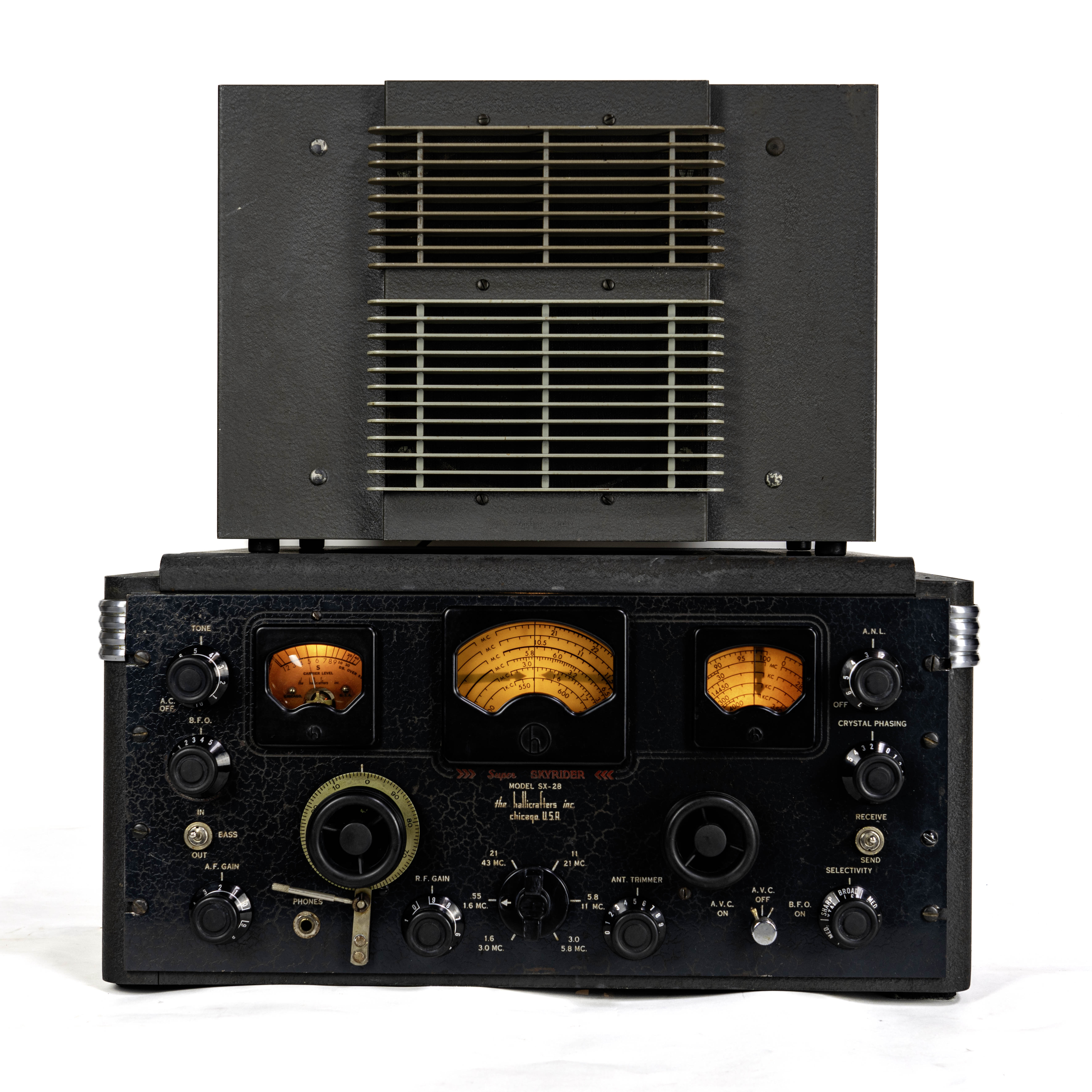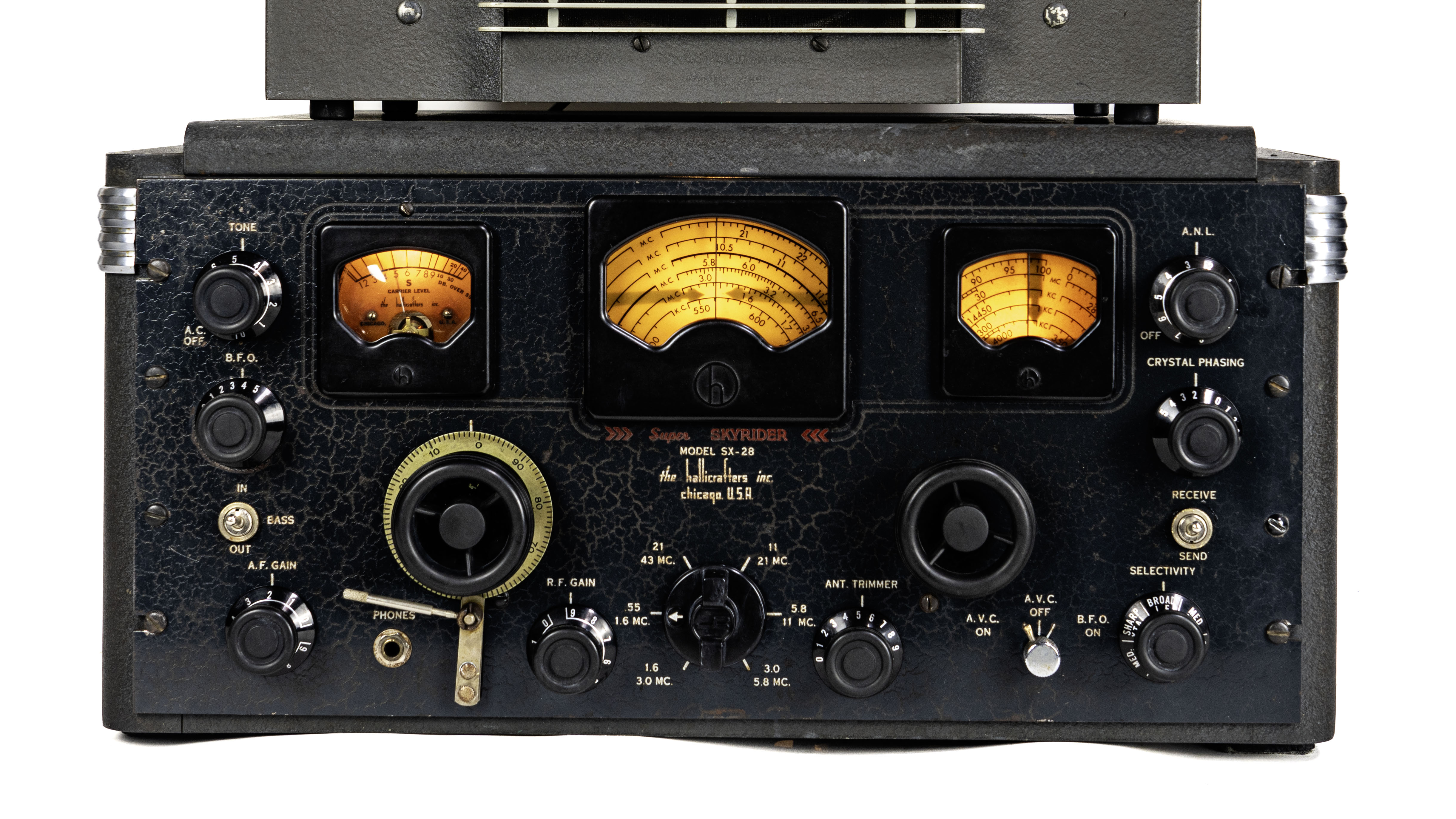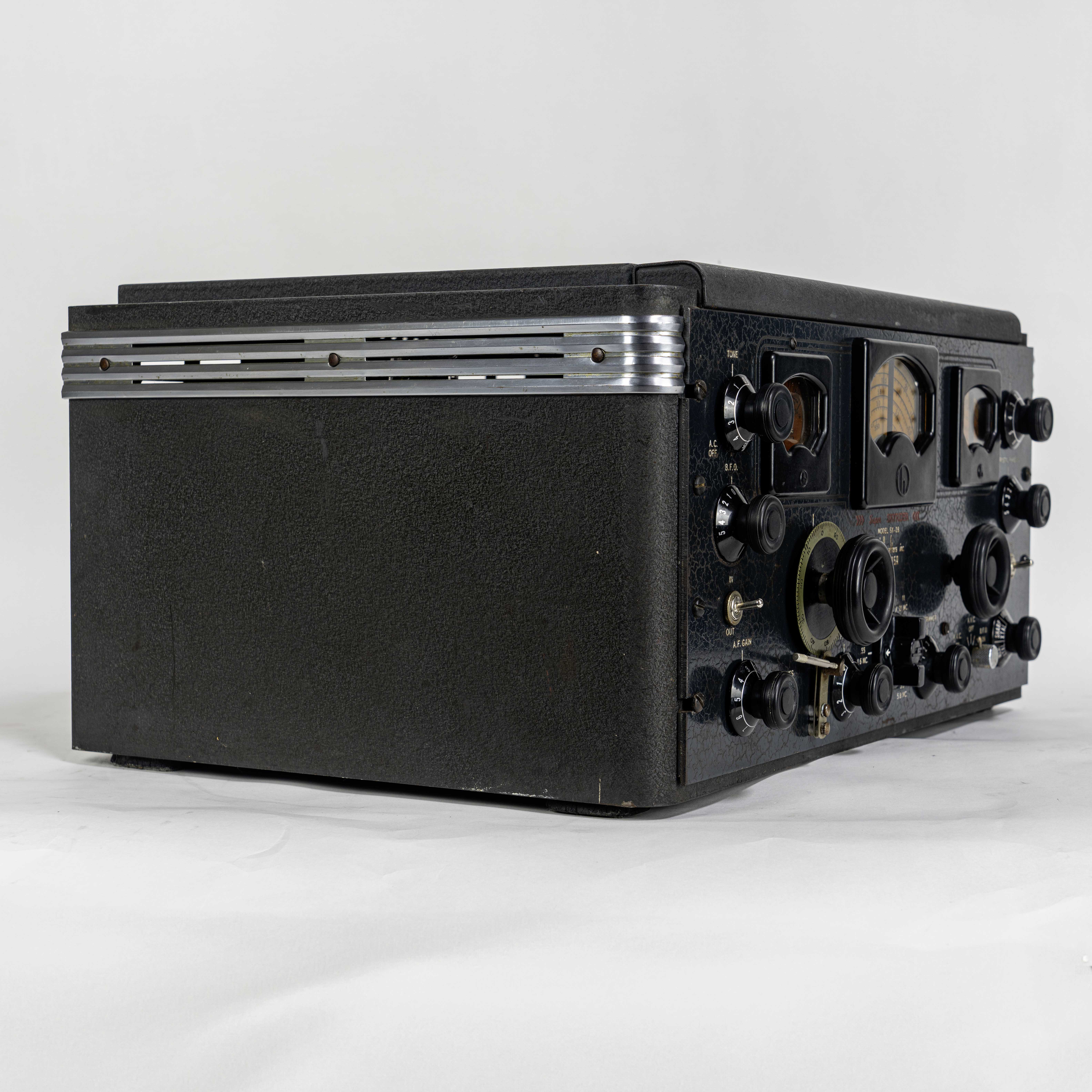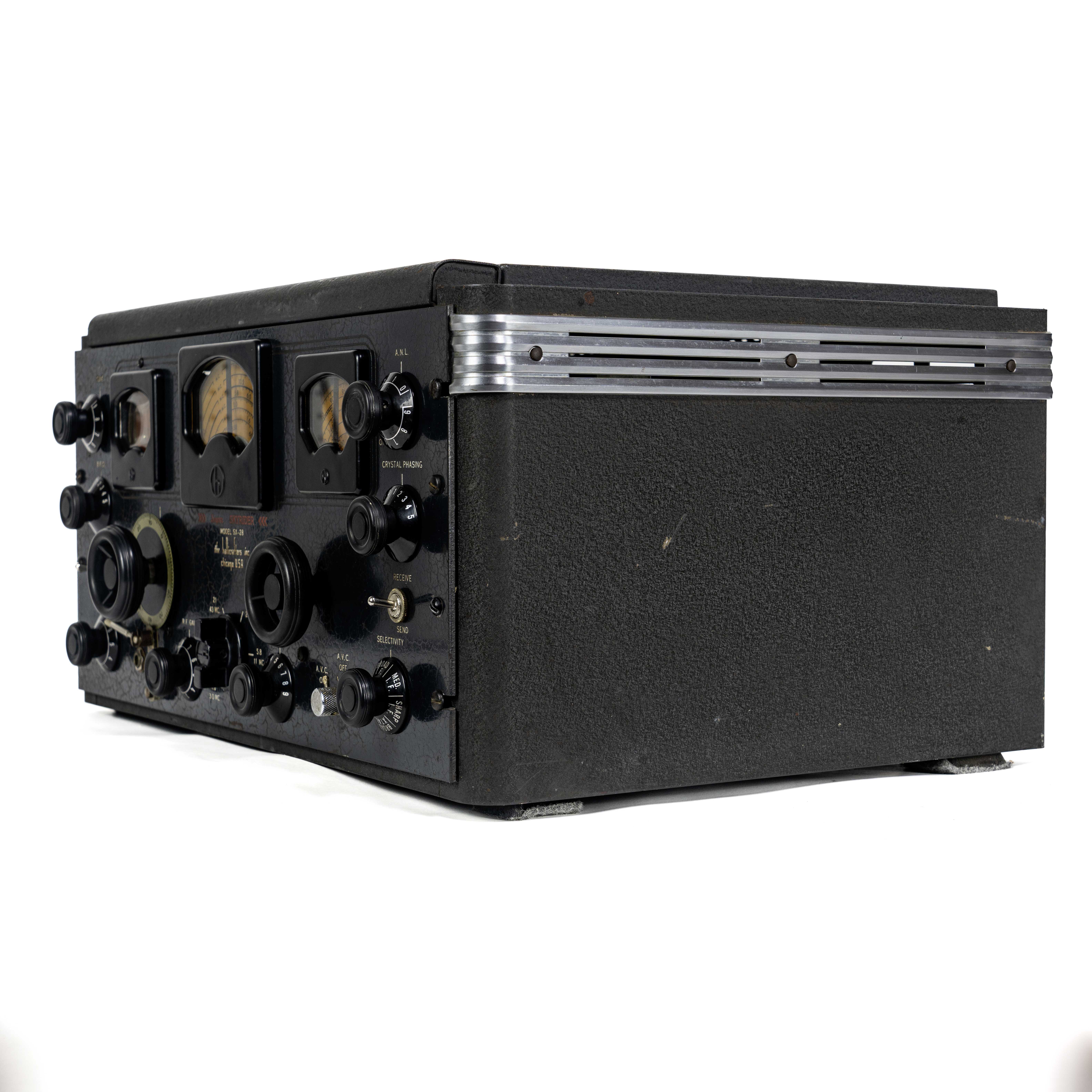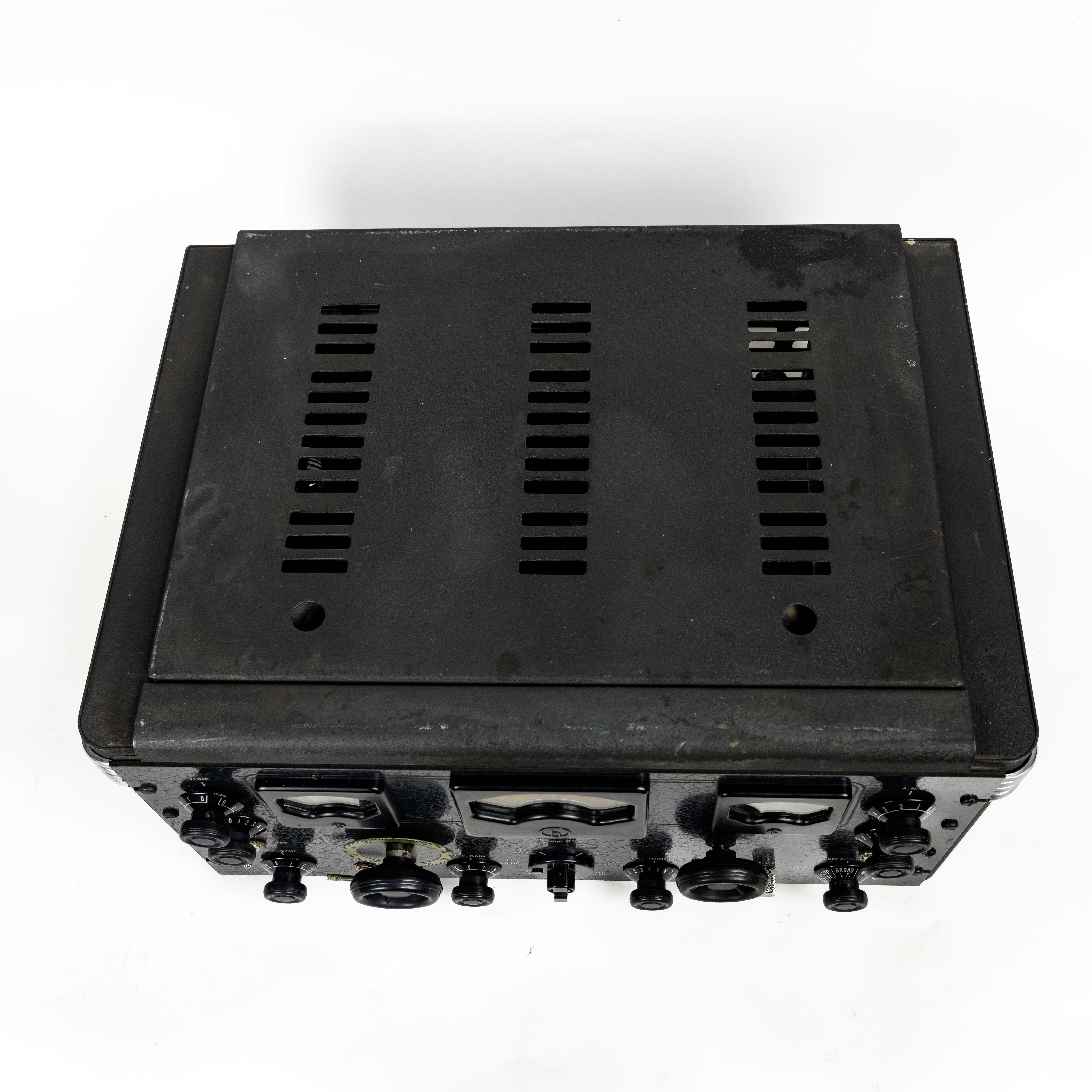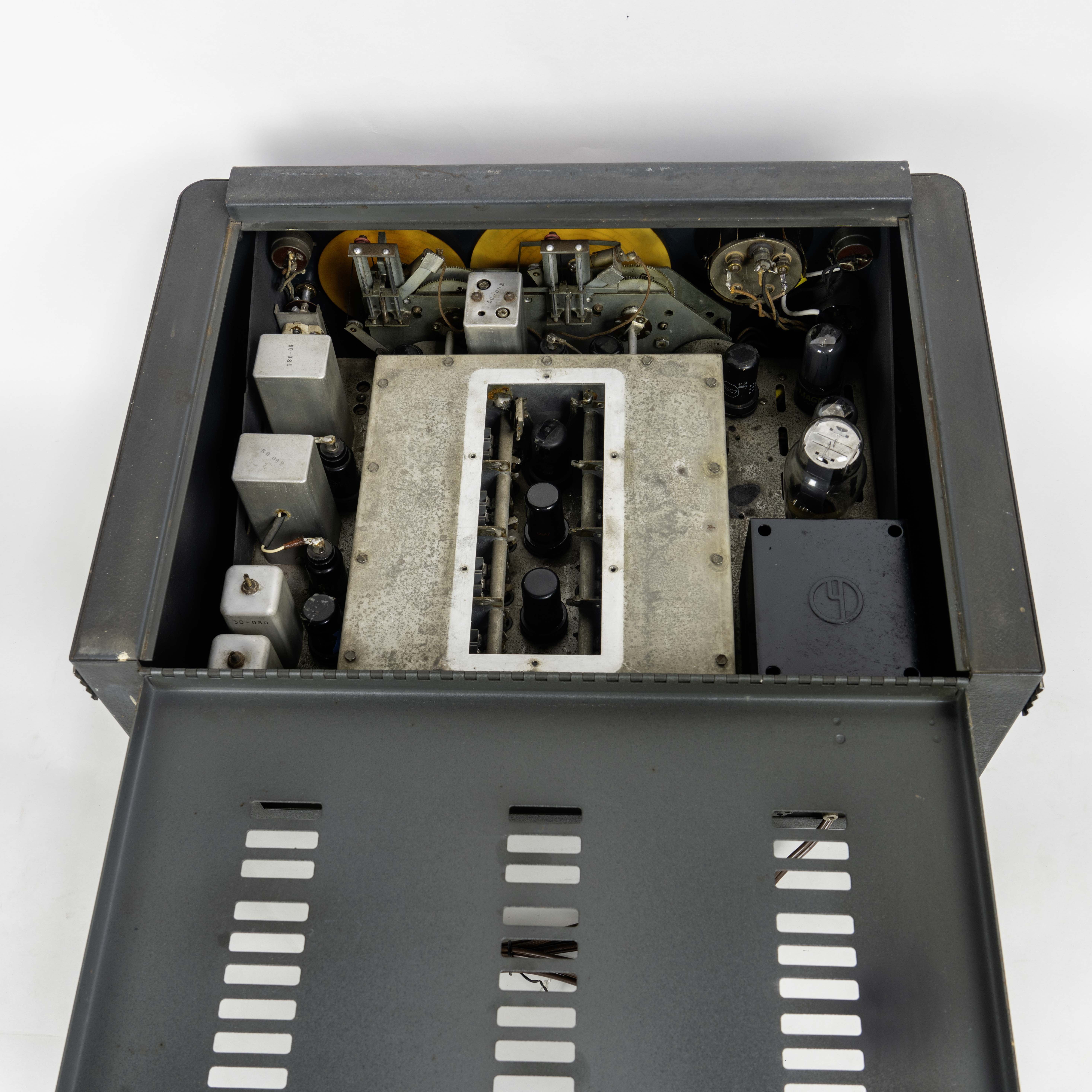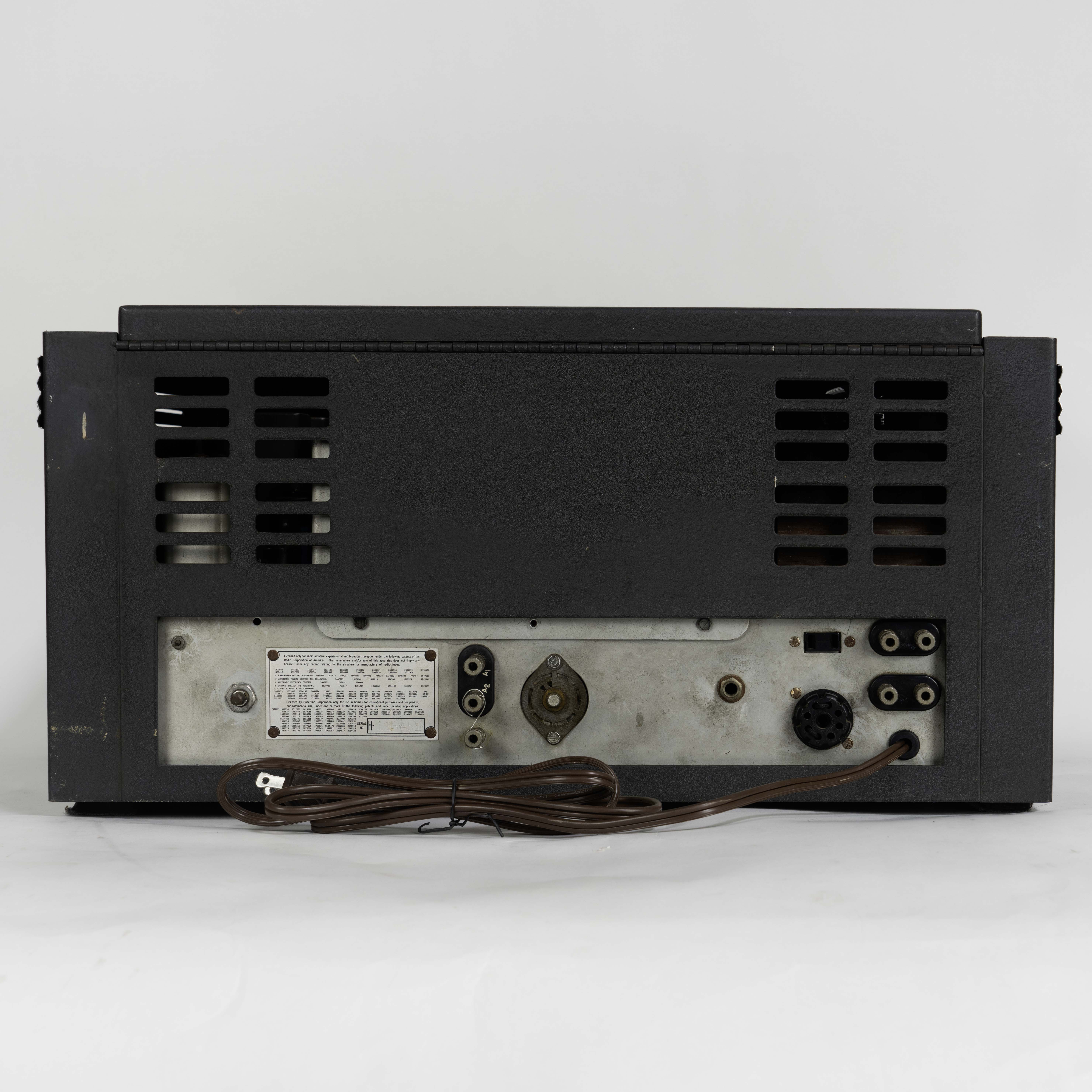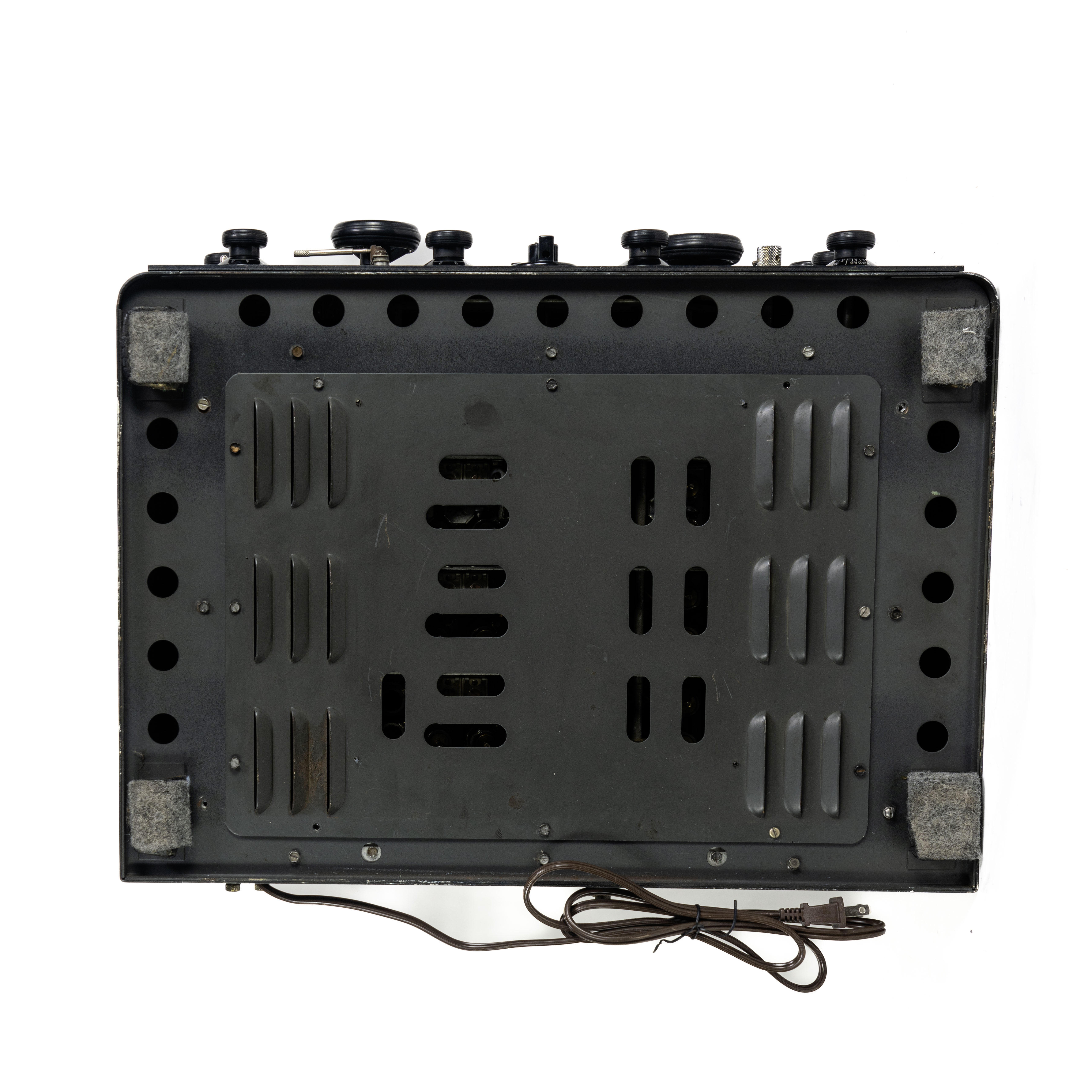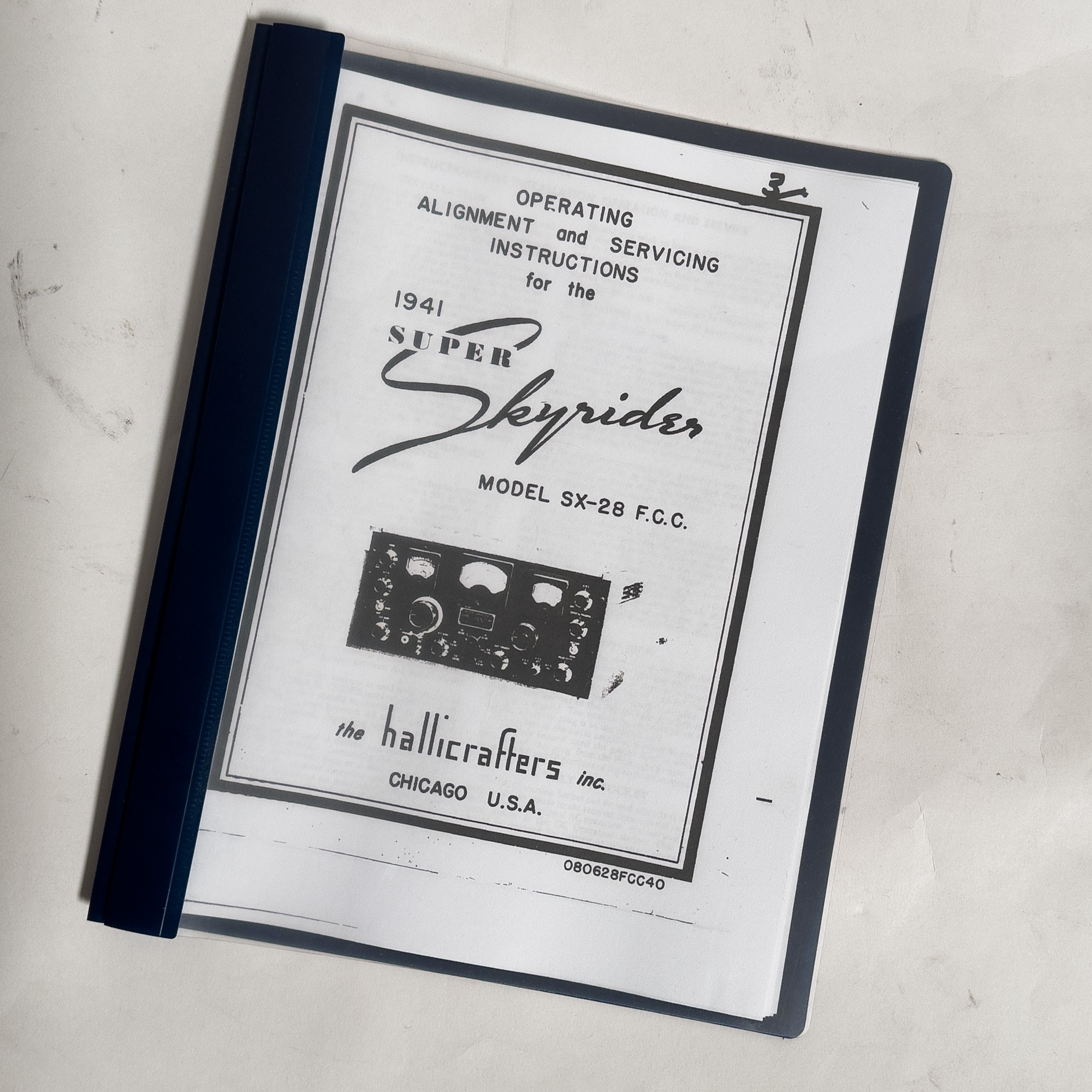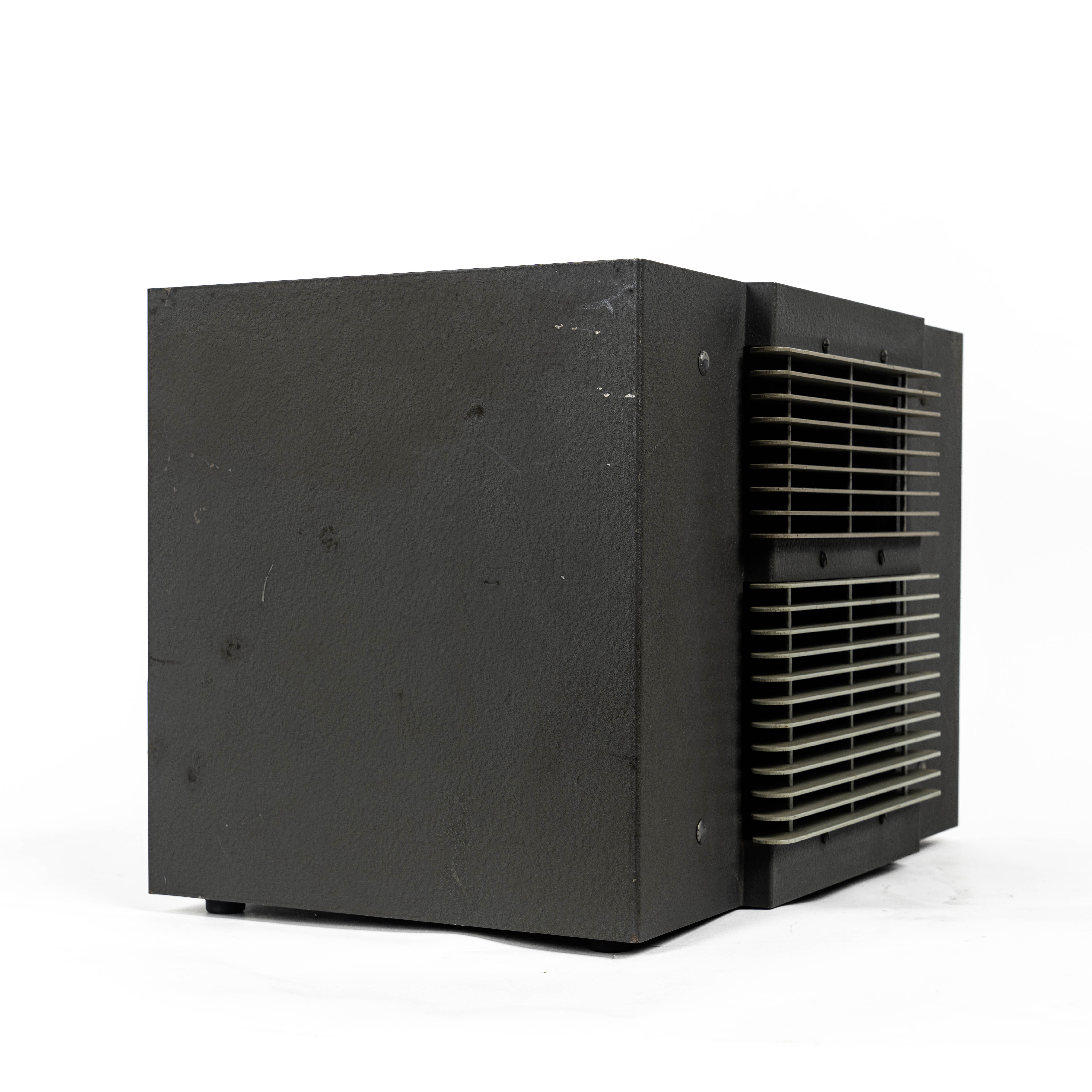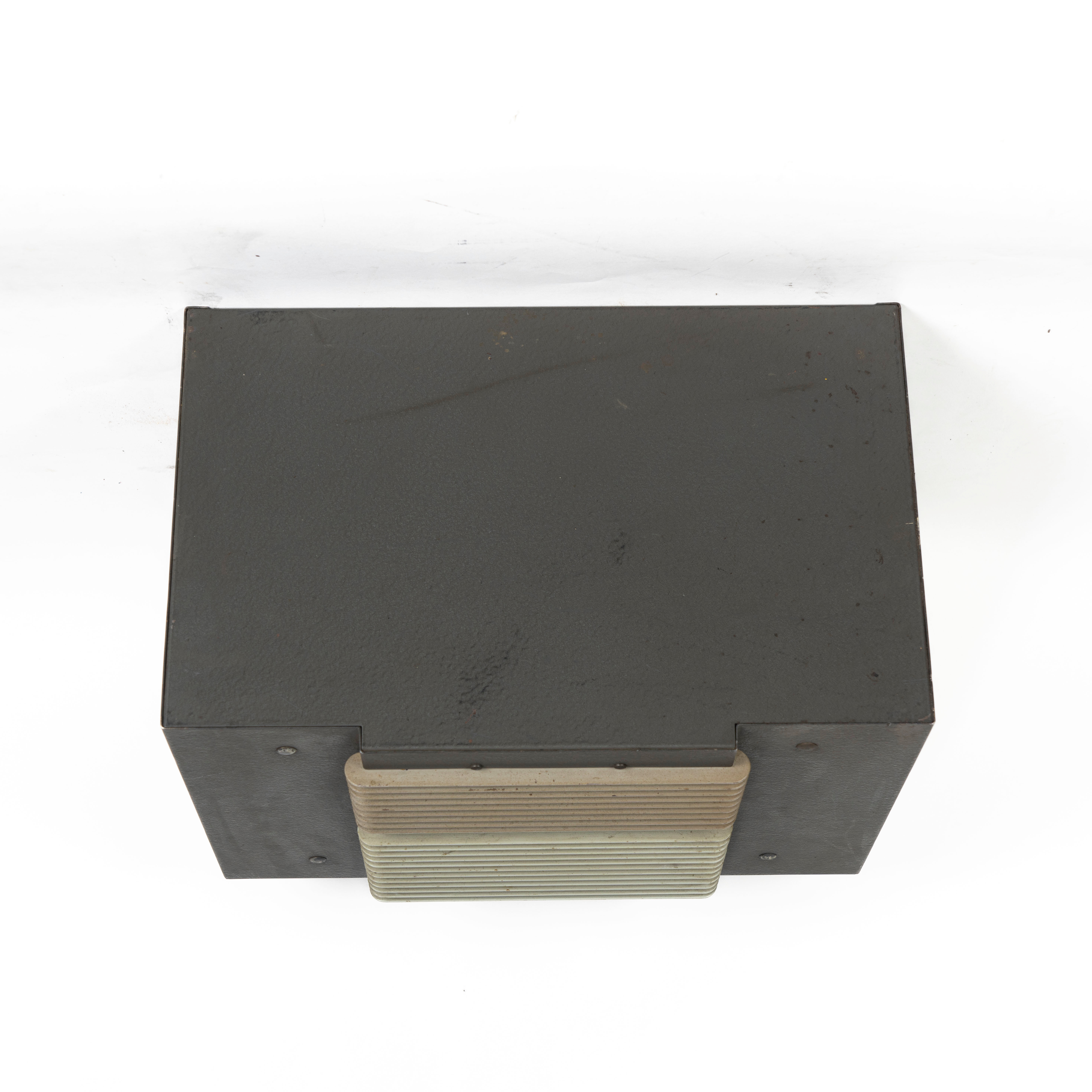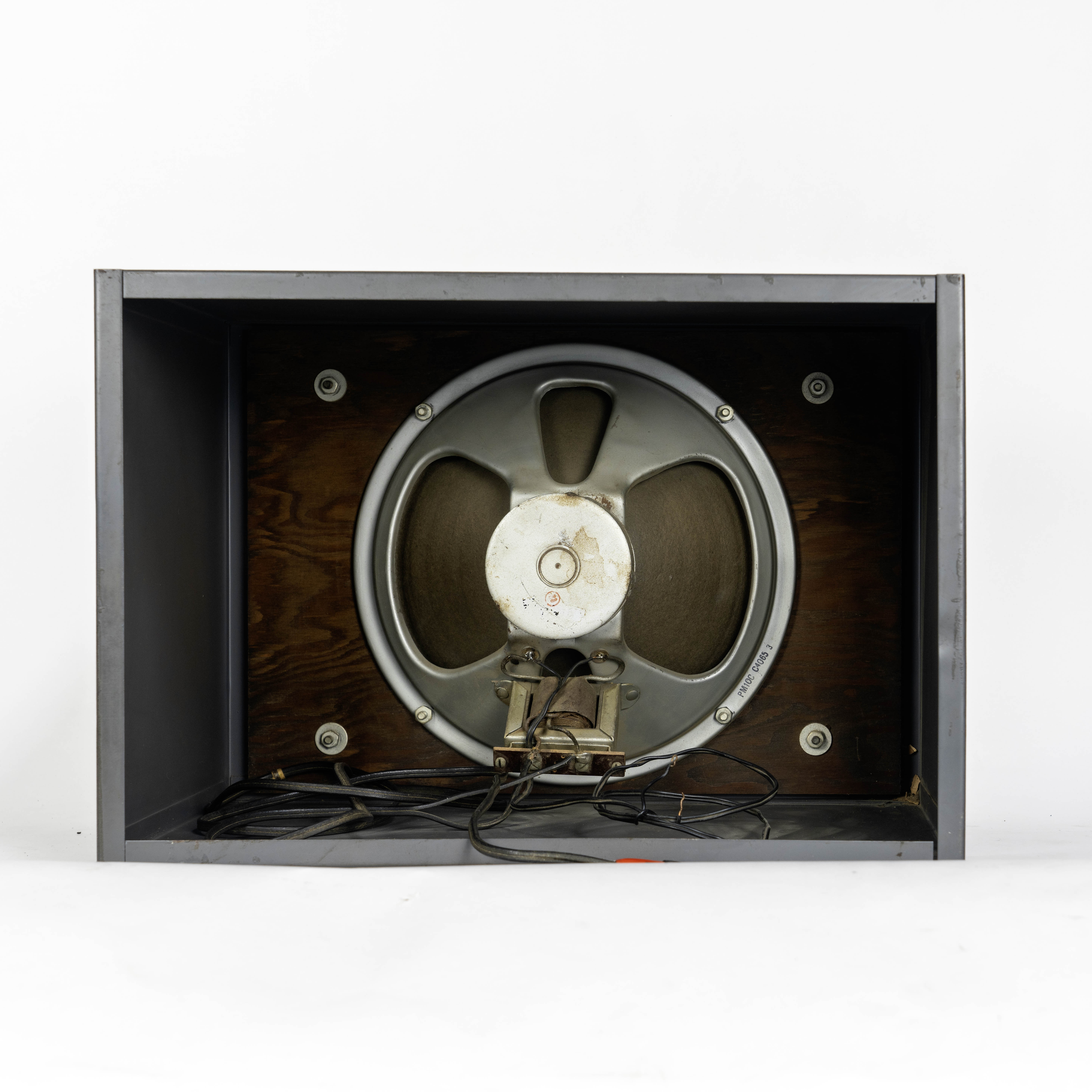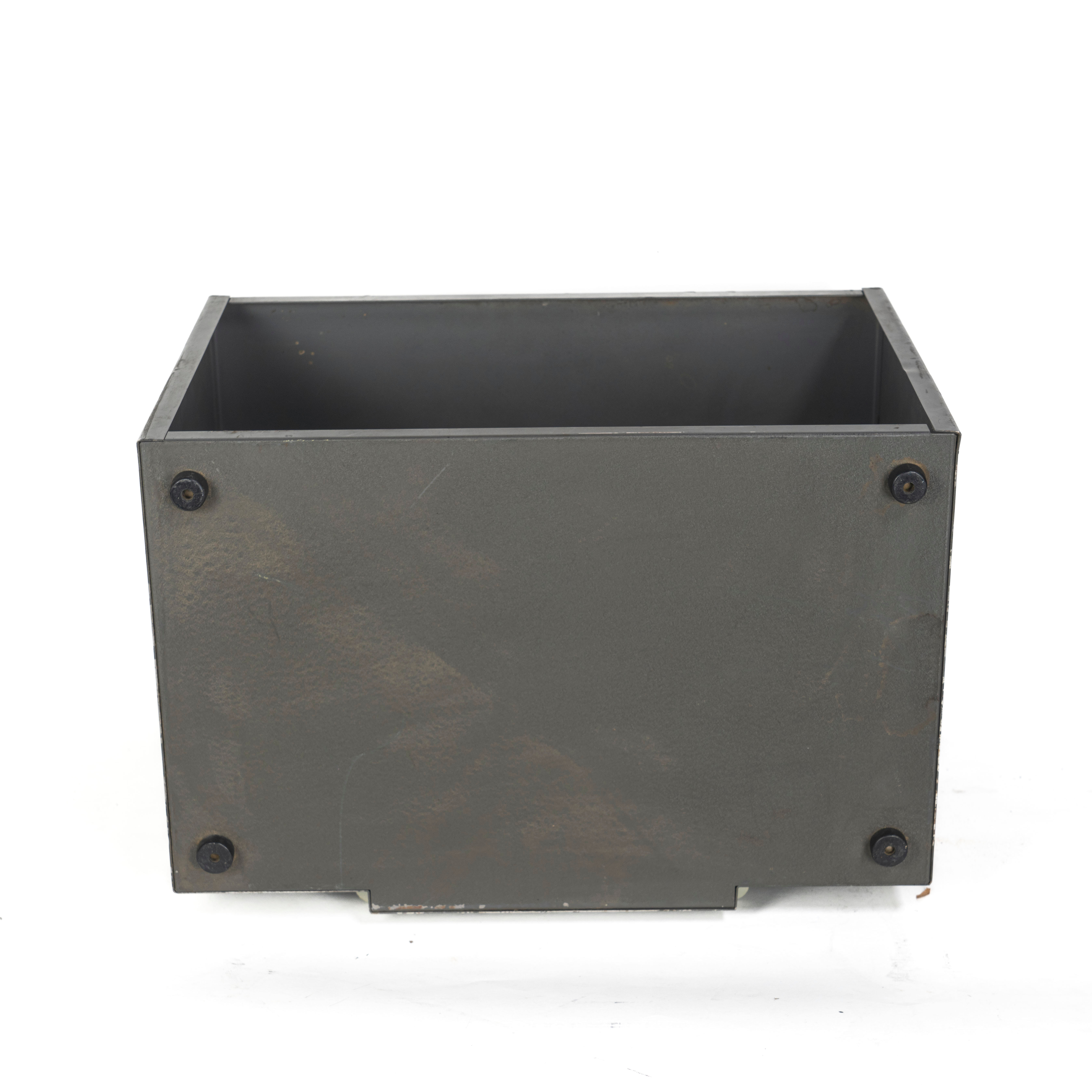- Radios
- >
- Hallicrafters SX-28 Super Skyrider (1941) + PM-23 Speaker
Hallicrafters SX-28 Super Skyrider (1941) + PM-23 Speaker
SKU:
$1,650.00
$1,450.00
$1,450.00
On Sale
Unavailable
per item
I have owned this 1941 Hallicrafters SX-28 ‘Super Sky Rider’ communications receiver for over four years. This receiver is widely regarded as one of the best from the pre-WWII era. I completed the restoration and alignment last month after a year-long effort. I am now selling it due to a lack of space for additional radios.
History - The Hallicrafters SX-28 "Super Skyrider" was an American shortwave communications receiver produced from 1940 to 1946. It saw extensive use by amateur radio operators as well as government and military services.
The Hallicrafters Company introduced the SX-28 "Super Skyrider" in July 1940. This development was the result of concerted efforts by a team of 12 engineers and analysis of over 600 reports, including feedback from U.S. government engineers, commercial users, and amateur radio operators. The SX-28 featured distinctive Art Deco styling, which was considered modern and sophisticated at the time. The receiver utilized 15 tubes and covered frequencies from 550 kHz (0.55 MHz) to 43 MHz across six bands. Notable features included Amplified Automatic Volume Control (AVC), a Lamb Noise Silencer, Calibrated Band Spread, and Push-Pull audio output. The SX-28 was recognized for its high-fidelity audio, sensitivity, stability, selectivity, and overall value.
The push-pull audio amplifier employed two 6V6 output tubes, providing excellent audio quality. The audio section also included a bass boost switch and a variable tone control. A phono input on the back panel allows external sources, such as a record player, to be connected and played through the amplifier. Additionally, a headphone jack was available on the front panel. The back panel featured two sets of speaker terminals, suitable for either a 500-ohm or 5,000-ohm speaker.
Notably, U.S. President Harry S. Truman kept an SX-28 behind his desk in the Oval Office. The SX-28 was used by various branches of U.S. and allied military and intelligence agencies during World War II. The SX-28, along with Hallicrafters S-27 and S-36 receivers, was frequently rack-mounted in British government listening posts and secret monitoring stations to intercept German radar and communications, such as Beaumanor Hall in the English Midlands. These intercepted messages were subsequently sent to Bletchley Park for decoding. Several SX-28 receivers were also sent to the Soviet Union under the Lend-Lease Act and modified to accommodate Russian tubes.
Hallicrafters reported that 50,000 SX-28 and SX-28A units were produced by the end of the production run in 1946. However, serial numbers suggest a production figure closer to 27,500 units. Many of the existing SX-28/28A receivers are now in possession of vintage amateur radio collectors and hobbyists.
Chassis - The extensive restoration process breathed new life into this early 1941 SX-28 Serial Number H-116451. For its age, there were only a few minor spots of rust on the metal chassis, and these were treated with rust inhibitor. The entire underside was meticulously examined, and I replaced the electrolytic filter capacitors all of the old wax capacitors (including the RF section) to ensure reliable operation. Resistors that were more than 15% out of tolerance, which amounted to about 85% of them, were also replaced. The original cadohm voltage divider was removed and substituted with new wire wound power resistors. I also installed a new AC line cord. Additionally, the main tuning gears were thoroughly cleaned and lubricated for smooth operation.
All tubes were checked and replaced with new old stock (NOS) tubes as necessary. The old dial cord was swapped for a new, more durable nylon one, which required the removal of the front face plate—a task that took two hours. The SX-28’s intricate dial stringing arrangement, which moves the band pointers up and down behind the main tuning dial and band spread dial, added another two hours to the job.
During the faceplate removal, I cleaned it and replaced the two flip switches (BASS In/Out and Send/Receive) that were inoperable with more durable modern ones. The volume control pot was also removed and cleaned, eliminating the 'scratchy' sound when it was used.
With these tasks completed, I performed a comprehensive pin voltage assessment under the supervision of the California Historical Radio Society’s SX-28 expert W6BM. IF alignment, both regular and crystal were done as well. After reassembling the chassis and fitting it back in the cabinet, I aligned all the bands to specification. While the tuning is very smooth (see video demo) it is not as precise as modern radios and known stations might not appear in their exact positions on the dial, Nevertheless, the reception remains excellent. The radio plays AM and shortwave stations well, with the BFO being tunable and capable of receiving CW and SSB ham radio operators effectively.
Dials – I cleaned both dials after removing the front panel. The original numbers and lettering show minimal wear. The knobs are also all-original and have been cleaned.
Cabinet – The all-metal cabinet was thoroughly cleaned inside and out. It has no dents or bends but shows minor scratches typical for an 85-year-old radio.
Speaker – I cleaned and reinforced the matching Hallicrafters PM-23 original speaker. The result is clear audio across all frequencies, with exceptional bass tones for its size. This speaker can fill the room with great sound.
Radio Dimensions: 20.5” W x 10” H x 14.7” D
Weight: Radio 75 pounds and speaker 10 pounds
You can view a demo on YouTube here: youtu.be/c04zomkY1Rw
See ham radio reception demo on Instagram here: https://www.instagram.com/reel/DFjVu8gPqNN/
History - The Hallicrafters SX-28 "Super Skyrider" was an American shortwave communications receiver produced from 1940 to 1946. It saw extensive use by amateur radio operators as well as government and military services.
The Hallicrafters Company introduced the SX-28 "Super Skyrider" in July 1940. This development was the result of concerted efforts by a team of 12 engineers and analysis of over 600 reports, including feedback from U.S. government engineers, commercial users, and amateur radio operators. The SX-28 featured distinctive Art Deco styling, which was considered modern and sophisticated at the time. The receiver utilized 15 tubes and covered frequencies from 550 kHz (0.55 MHz) to 43 MHz across six bands. Notable features included Amplified Automatic Volume Control (AVC), a Lamb Noise Silencer, Calibrated Band Spread, and Push-Pull audio output. The SX-28 was recognized for its high-fidelity audio, sensitivity, stability, selectivity, and overall value.
The push-pull audio amplifier employed two 6V6 output tubes, providing excellent audio quality. The audio section also included a bass boost switch and a variable tone control. A phono input on the back panel allows external sources, such as a record player, to be connected and played through the amplifier. Additionally, a headphone jack was available on the front panel. The back panel featured two sets of speaker terminals, suitable for either a 500-ohm or 5,000-ohm speaker.
Notably, U.S. President Harry S. Truman kept an SX-28 behind his desk in the Oval Office. The SX-28 was used by various branches of U.S. and allied military and intelligence agencies during World War II. The SX-28, along with Hallicrafters S-27 and S-36 receivers, was frequently rack-mounted in British government listening posts and secret monitoring stations to intercept German radar and communications, such as Beaumanor Hall in the English Midlands. These intercepted messages were subsequently sent to Bletchley Park for decoding. Several SX-28 receivers were also sent to the Soviet Union under the Lend-Lease Act and modified to accommodate Russian tubes.
Hallicrafters reported that 50,000 SX-28 and SX-28A units were produced by the end of the production run in 1946. However, serial numbers suggest a production figure closer to 27,500 units. Many of the existing SX-28/28A receivers are now in possession of vintage amateur radio collectors and hobbyists.
Chassis - The extensive restoration process breathed new life into this early 1941 SX-28 Serial Number H-116451. For its age, there were only a few minor spots of rust on the metal chassis, and these were treated with rust inhibitor. The entire underside was meticulously examined, and I replaced the electrolytic filter capacitors all of the old wax capacitors (including the RF section) to ensure reliable operation. Resistors that were more than 15% out of tolerance, which amounted to about 85% of them, were also replaced. The original cadohm voltage divider was removed and substituted with new wire wound power resistors. I also installed a new AC line cord. Additionally, the main tuning gears were thoroughly cleaned and lubricated for smooth operation.
All tubes were checked and replaced with new old stock (NOS) tubes as necessary. The old dial cord was swapped for a new, more durable nylon one, which required the removal of the front face plate—a task that took two hours. The SX-28’s intricate dial stringing arrangement, which moves the band pointers up and down behind the main tuning dial and band spread dial, added another two hours to the job.
During the faceplate removal, I cleaned it and replaced the two flip switches (BASS In/Out and Send/Receive) that were inoperable with more durable modern ones. The volume control pot was also removed and cleaned, eliminating the 'scratchy' sound when it was used.
With these tasks completed, I performed a comprehensive pin voltage assessment under the supervision of the California Historical Radio Society’s SX-28 expert W6BM. IF alignment, both regular and crystal were done as well. After reassembling the chassis and fitting it back in the cabinet, I aligned all the bands to specification. While the tuning is very smooth (see video demo) it is not as precise as modern radios and known stations might not appear in their exact positions on the dial, Nevertheless, the reception remains excellent. The radio plays AM and shortwave stations well, with the BFO being tunable and capable of receiving CW and SSB ham radio operators effectively.
Dials – I cleaned both dials after removing the front panel. The original numbers and lettering show minimal wear. The knobs are also all-original and have been cleaned.
Cabinet – The all-metal cabinet was thoroughly cleaned inside and out. It has no dents or bends but shows minor scratches typical for an 85-year-old radio.
Speaker – I cleaned and reinforced the matching Hallicrafters PM-23 original speaker. The result is clear audio across all frequencies, with exceptional bass tones for its size. This speaker can fill the room with great sound.
Radio Dimensions: 20.5” W x 10” H x 14.7” D
Weight: Radio 75 pounds and speaker 10 pounds
You can view a demo on YouTube here: youtu.be/c04zomkY1Rw
See ham radio reception demo on Instagram here: https://www.instagram.com/reel/DFjVu8gPqNN/
